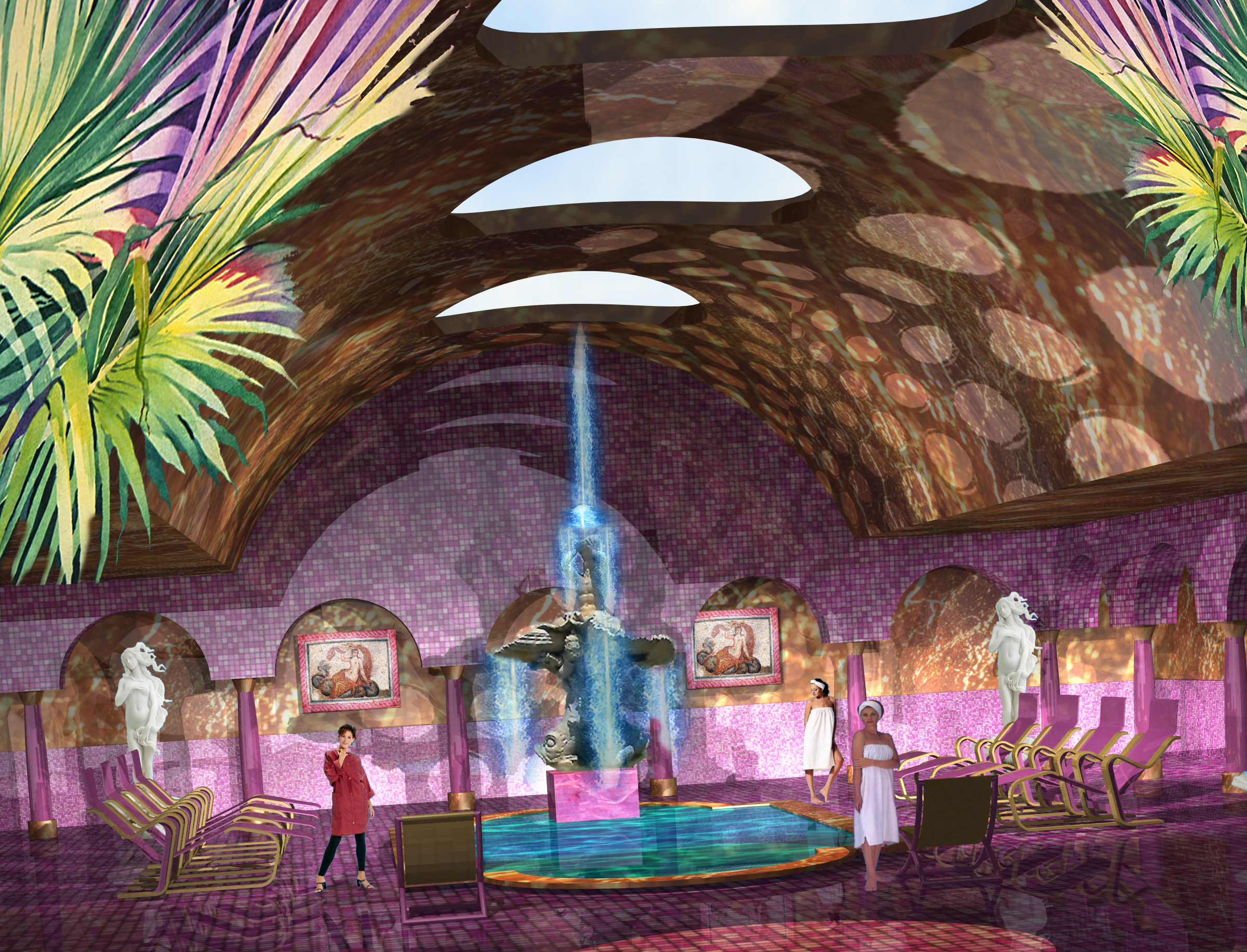-
Posts
2,014 -
Joined
Content Type
Profiles
Forums
Events
Articles
Marionette
Store
Posts posted by Kevin Allen
-
-
what re during modes are you using? Can you get what you need with hatches rather than textures? Are the textures too big?
-
I find styles much more efficient than the old way.
-
 3
3
-
-
I'd love to see a closer relationship ship between shapr3D and VWX.
-
Window>Palettes>Auto Hide...
-
Personal choice. I use 5mil, 15-25mil and around 35-50mil
-
I have always REALLY RAELLY REALLY Wanted Class control over the graphic. Speaking specifically here about the Lighting Devices, but the comment applies elsewhere as well. The outline of an instrument should be one class, the interior lines another so the user can readily control without having to replicate existing work
-
 4
4
-
-
It's uncommon, but I the VWX prefs, there is an "AutoSave" Tab. From there you can select a place to have VWX create back-ups. It defaults to the same place as the file is stored, I personally keep a for for back-ups in my documents folder.
I have the program configured to auto save and back-up every 15 minutes. These back-ups aren't always perfect, but they do give you a place to restart
I'm on a Mac and I have Time Machine back-up every hour and I use an of site bock up every hour or so as well.
These are good habits in any program
-
24 minutes ago, rDesign said:
I don’t believe that .IES lights will work with the Spotlight Photometric grid.
On their own, they will not, But I have considered gathering the data and entering into the LIR for use with the photometric tools. This is something I haven't tried, I usually want the glints an IES file adds to a render
-
 2
2
-
-
I get the same error. Someone at VWX might be able to help, otherwise, do you have. aback-up? Do you use the VWX back-up system?
-
3 minutes ago, Dave Donley said:
the main purpose is to get the interesting fringes and pattern of light from a complex fixture made out of reflectors and lenses
I've not actually tried using an IES file as a basis or a Spotlight Lighting Device. It is something I have considered, less for rendering, but more for using the photometric tools and measuring output.
-
Try attaching the file, we'll see if someone can open it. Also do you have Vectorworks configured to automatically back up? Do you use Time Machine or other back-up?
-
4 hours ago, Dave Donley said:
I tried this with your model and it is still pretty dim without overriding the IES brightness manually in the Shape pane.
Could you attach the IES file here?
@Dave Donley would it make sense to use the IES info to make a spotlight lighting device?
-
DPI is dependent on the output.
If you're output is hard copy, then you only need 300 if you going to a comical print, like a book or a magazine. If the out put is going to be an inkjet print, then 125-150 is more than sufficient. Based on the size of the print. It is possible to get excellent results from around 100 DPI.
Most any service bureau use better, but printing technology similar to your home or office photo quality inkjet printer.
If your output is to a screen or projector nothing more than the resolution of the output device is wasted, so standard HD is 1920 by 1080 in pixel dimensions. If thinking 300 dpi, that's 6.4" by 3,6" with anything more wasted. Of course if the output deice is 4K, 5K or more, you do need more.
-
These forums are a great resource.
-
 2
2
-
-
The hemp files are awesome. There’s lots if video training
-
do you have a picture of the desired look? Have you tried a Noise bump?
-
Any chance there are different fonts installed on each machine?
-
maybe a NURBS Revolve around Rail or Subdivision?
-
 1
1
-
-
Looks like you could just start with a Sphere object, and then add and subtract
-
Similarly, there should be a way to add various mouldings.
-
So, have you incorporated additional 2D Views into your lighting device symbols?
-
As IO recall, the higher the number, the closer to the original object, I think you have a choice of 1-5 and it defaults to three.If you're tracing an in k drawing, going higher will get every bump or bleed int he image, adding lots, perhaps too much detail. It's pretty fast and then easy enough to quickly experiment.
The AI trice function is better, but you then have to export to DXF, use Select Connected Objects and Combine into a new surface.
-
 1
1
-
-
Ai and VWX both have Trace Bitmap functions.
-
 1
1
-
-
you might need the right or bounces. If I am seeing correctly, you might be expecting the light to travel through the glass like it might in real life, but it won't. At least not with existing tech. I Sometimes extract a 3D poly from those edges and apply a glow texture.




Spotlight- Instruments insertion problems.
in Entertainment
Posted
Is there some errant class turned off?